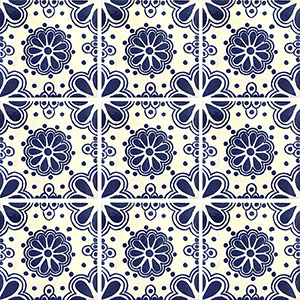 Handcrafts in Mexico vary widely from materials used, techniques and employ and styles preferred. The most prevalent of Mexico’s crafts is ceramics/pottery. Ceramics was considered one of the highest art forms during the Aztec Empire, with the knowledge of making pottery said to have come from the god Quetzalcoatl himself.
Handcrafts in Mexico vary widely from materials used, techniques and employ and styles preferred. The most prevalent of Mexico’s crafts is ceramics/pottery. Ceramics was considered one of the highest art forms during the Aztec Empire, with the knowledge of making pottery said to have come from the god Quetzalcoatl himself.
Pre-Hispanic pottery was made by coiling the clay into a circle then up the sides, then scraping and molding the coiled work until the coils could no longer be detected. The Spanish introduced the potters’ wheel and new glazing techniques. Majolica glazed pottery was introduced by the Spanish. Puebla in particular is renowned for its variety of Majolica, which is called Talavera. One distinctive feature of this city is that many kitchens and buildings are decorated with intricately detailed Talavera tiles. Tiles are a subset of ceramic pottery and were used extensively in colonial-era Mexico. These tiles were first fired at a low temperature, then hand-painted with intricate designs, then fired at a high temperature to set the glaze. These are still made, but most decorative tiles used in Mexico are factory-made. Unglazed pottery is still made, but generally it is for decorative purposes only, and copies the designs of pre-Hispanic cultures.
